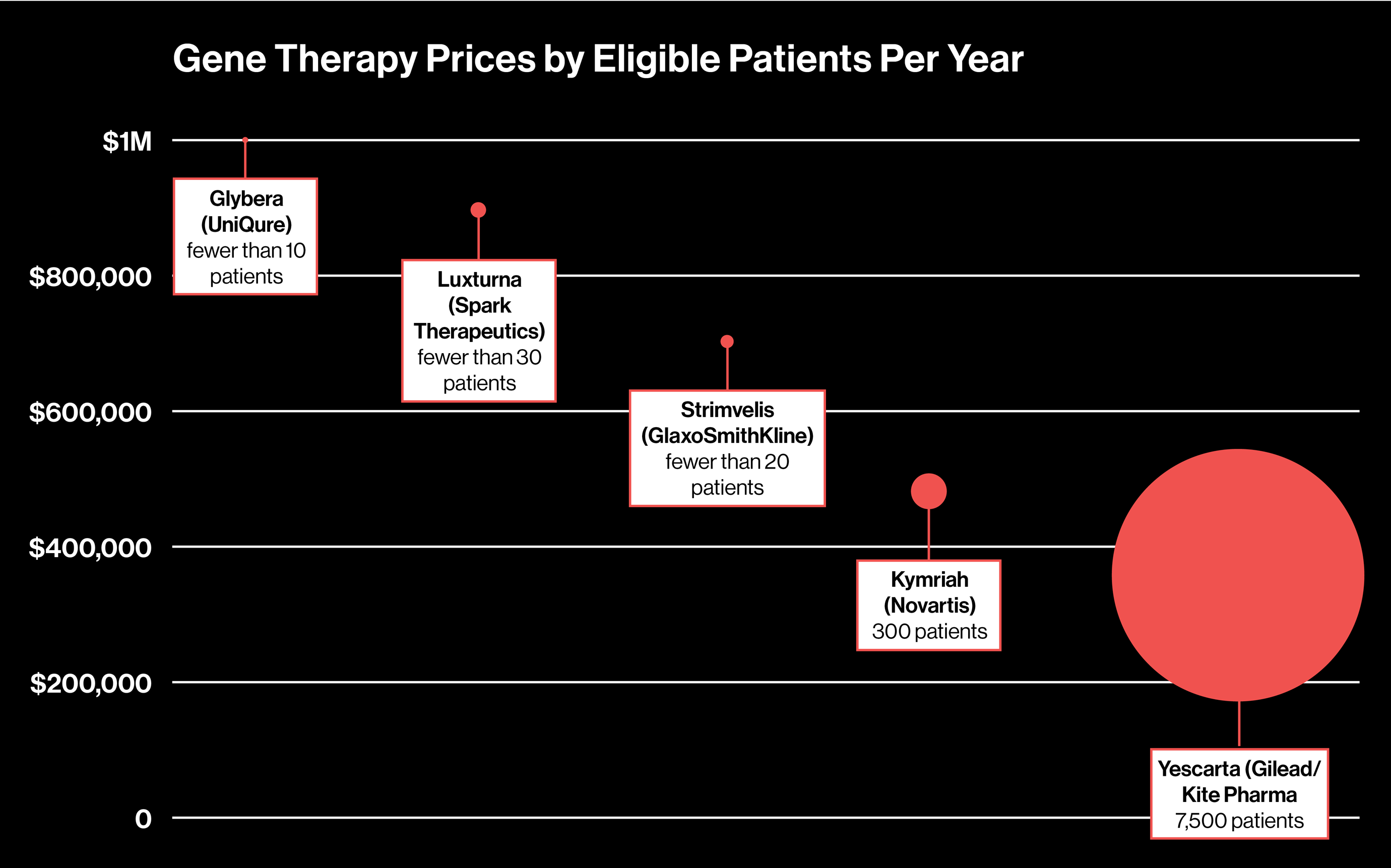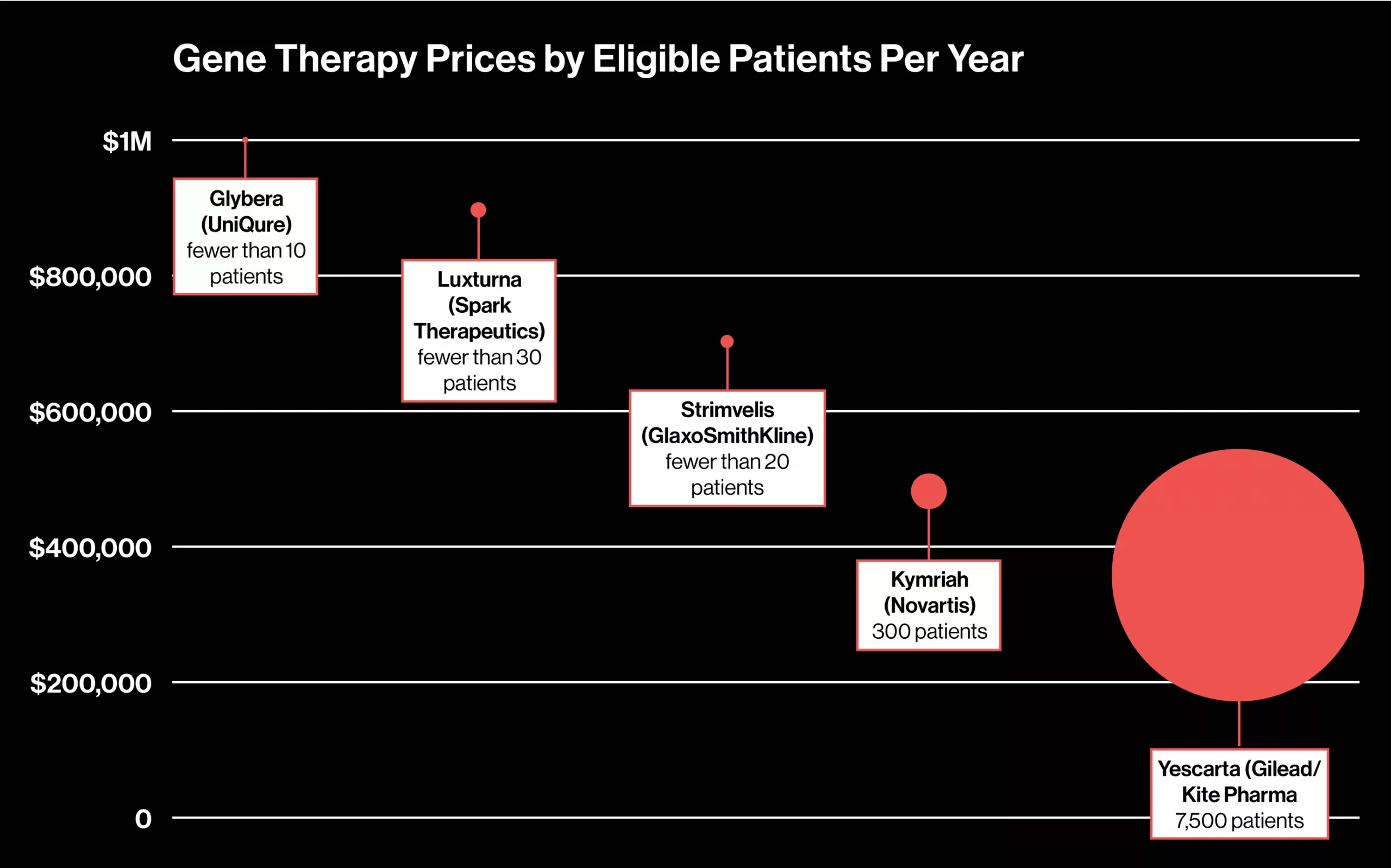Sticker Shock, Then Hope
At first, I figured gene therapy was just… out of reach. All these news stories about million-dollar cures for rare blood disorders—honestly, my gut reaction was, “There’s no way. Sounds like something only TV millionaires could touch.” Maybe you’ve had that thought, too?
But then I met a mom at a support group who had been through the roller coaster: her kid needed a gene therapy for hemophilia. She shared about the paperwork, the price, the waiting and hoping—how the treatment felt like both a miracle and a bank heist, all at once. Suddenly, it moved from the world of headlines into something up-close and real. So… let’s talk about how much does gene therapy cost—for regular people, not movie stars. I’ll share what I’ve learned, sprinkle in some real stories, and keep it as warm and honest as a chat over coffee.

This Isn’t Just Hype: The Real Numbers
I’ll get straight to it: the price tag for gene therapy can make you do a double take. If you’ve ever searched How much does gene therapy cost in usa, you know it isn’t “just” expensive. It’s mind-bending. One-time treatments run anywhere from $400,000 to over $4 million per dose. Yes, you read that right—a single infusion of hope can rival the price of a mansion or several lifetimes of college tuition combined (according to this industry deep-dive on what’s fueling costs).
For blood disorders—think hemophilia A or B, sickle cell disease, thalassemia—these are the therapies people talk about:
| Therapy | Main Condition | List Price (2025) | Biggest Win |
|---|---|---|---|
| Hemgenix | Hemophilia B | $3.5 million | One dose, replaces lifelong infusions |
| Roctavian | Hemophilia A | ~$2.7 million | Reduces bleeding 96% after seven years |
| Casgevy | Sickle Cell | $2.2 million | Possibly curative (FDA-approved, late 2023) |
| Lyfgenia | Sickle Cell | $3.1 million | Also potentially curative |
Is that bananas? Absolutely. But when I first heard the lifelong costs of “routine” care—a person with severe hemophilia might clock $250,000 per year just on factor infusions—suddenly this million-dollar therapy has context (see research on cost-effectiveness here).
Is It All Just Pharma Profits?
Honestly, this was my next question. Like, is someone buying yachts with this money? Turns out, there are some real reasons for the sticker shock:
- Research takes years—often a decade+—with a ton of failed experiments before something works
- Tiny patient populations. For blood disorders, there might be a few hundred or thousand eligible patients, not millions like heart disease drugs
- Manufacturing is custom. Each dose is unique, involving gene-editing or viral vectors, quality checks, etc.
But yeah… profits are part of it, too. And some folks argue that taxpayer dollars helped fund early research, so it stings when families foot enormous bills in the end (here’s a look at Zolgensma’s backstory). It’s complicated, messy, and sometimes feels a bit unfair. I hear you.
Who Pays, Really? (Spoiler: It’s Not Always Who You Expect)
So—how much does gene therapy cost with insurance? That’s where things get a little… wild.
Insurance: The Good, the Bad, the Surprising
First, most people don’t pay the “list price” out of pocket. Thank goodness. But here’s the kicker: not every insurance covers these therapies without a fight. How much does gene therapy cost with insurance depends on your plan, your state, and—honestly—sometimes whose desk the paperwork lands on.
Medicaid and children’s programs sometimes step in for rare pediatric diseases. Medicare covers some older adults and kids with disabilities. But the bulk of folks (especially working-age) have to wade through private insurance red tape. Sometimes they approve right away. Other times, families spend months appealing, negotiating, waiting. And… some still get denied.
Quick reality check:
- Medicaid? Better odds for kids, varies by state.
- Private insurance? Coverage is patchy, but improving—especially as more therapies get FDA approval.
- Self-funded employer plans? Some cover fully, others exclude gene therapy or only cover certain drugs (some advice for employers here).
- Uninsured/underinsured? You’ll need help—often drug companies, charities, or rare disease nonprofits step in to bridge the gap.
I remember sitting with a dad whose insurance spent nearly a year weighing whether his daughter “qualified.” He called it “the worst limbo”—the hope of a cure, dangling just out of reach. Half the battle is paperwork, not medicine.

The USA: Land of High Prices
Ever wonder why when you Google how much does gene therapy cost in usa, the numbers are jaw-dropping? Simple answer: the US market is the wild west. There aren’t price controls like Canada or Europe sometimes have. So, if you live here, you’ll often see higher prices for the same drugs—sometimes millions more.
It’s weird, but there are times when families from other countries actually fly here, fundraise, and pay cash for gene therapy because the treatment isn’t available back home… even though it’s more expensive. I heard of one case where a community raised over $1 million for a little boy with spinal muscular atrophy—can you imagine that billboard, GoFundMe, bake sale swirl? These stories break my heart, but also remind me of the power of hope and community. What would we do for the people we love?
If you want more on U.S. prices versus other countries, check out How much does gene therapy cost in usa—they keep a running list of costs and comparisons (with some helpful charts).
But Wait… Could It Save Money in the Long Run?
Okay, here’s a brain-bender—sometimes how much does gene therapy cost isn’t just what you pay upfront. It’s what you don’t pay down the road.
Let me paint a picture: I’ve met adults with hemophilia who visit the ER multiple times a year, spend weeks of their lives infusing clotting factor, skip vacations, and live with low-level dread about the next bleed. The cost? It’s not just dollars—though, sure, $250,000+ per year adds up to millions across a lifetime. It’s time, energy, lost dreams.
Now picture a life where a single therapy could (potentially) end the hospital visits, the hours of infusions, the “what if” worry every time you scrape a knee or get a fever. Suddenly, the therapy’s seven-figure sticker shock seems… less bonkers? Or maybe just a different kind of investment. For lots of patients, it’s a trade-off. Sure, pay now, but get decades of freedom—and, over a lifetime, the math might even work out cheaper (as seen in this overview on lifetime costs).
Let’s get nerdy with numbers:
- A gene therapy for hemophilia B ($3.5 million) versus $250,000 yearly for 20 years ($5 million+)?
- Sickle cell patient: $2.2–$3.1 million one-time versus a lifetime of pain episodes, transfusions, and $44,000+ out-of-pocket costs (see GoodRx for more)
Of course, these are averages—your situation could be totally different. Not everyone is a textbook case. Medicine—including miracles—is messy.

What Drives That Epic Price?
It’s easy to get frustrated (I know I do). So, quick detour: why does gene therapy cost so much?
- Lab work and research: Decades of scientists, failures, millions of dollars before anyone even gets close
- Clinical trials: Bringing in rare disease patients, custom treatments… and sometimes heartbreaking endings (when the therapy doesn’t work)
- Regulation: The FDA isn’t just picky—they want tons of proof. That means reams of paperwork, more studies, hiring “regulatory experts” to translate all the science into bureaucrat-readable English
- Manufacturing: Every batch is basically handmade in a high-tech clean room. Think Apple Store meets NASA… plus microscopes
- Post-treatment monitoring: Long-term data, blood tests, making sure the “cure” sticks. This takes years (sometimes decades) of follow-up
It’s like launching a rocket and then building the landing pad, mid-flight. Exhausting! But when it pays off, entire families’ lives change forever.
What’s Changing—and What’s Next?
If you’re feeling daunted or discouraged, hang with me. There is reason to hope.
Gene therapy costs are wild, yes, but things are shifting—fast. More insurance plans now cover at least some treatments. Employers are starting to see that paying for a one-time therapy may actually be a better deal than shelling out millions over years (some early case studies here).
Oh, and one more thing: medicine is a moving target. New therapies, other hopeful pipelines, and a TON of patient advocacy mean the story is far from finished. There are experimental payment plans out there—some spread the cost out over years, others only pay if the patient truly benefits (imagine a “money-back guarantee” on a million-dollar drug!). You can dive into those emerging models at How much does gene therapy cost with insurance as the landscape keeps shifting.
You Matter in This Equation
So here we are. If you or your family is facing gene therapy, you’re not alone—you’re on a journey with thousands of others bumping against the same confusing, sometimes heartbreaking, sometimes amazing system. Maybe this helped clear up a little fog, or just made you feel more seen.
How much does gene therapy cost? It costs more than most of us could fathom… and yet, with insurance, advocacy, a bit of luck, and relentless hope, it might just become possible. If you want the latest charts, breakdowns, and real-world numbers, keep one tab open to how much does gene therapy cost in usa—they’re tracking the shifts every month.

Breathe. Hope. Ask Questions.
Take a deep breath. Ask lots of questions. Don’t be afraid to challenge your insurance, to reach out to nonprofits, or to lean on your community when things feel impossible. Progress—messy, hard, expensive progress—is happening right now.
I’m rooting for you. Got thoughts, questions, stories to share? Drop them below. We’re all in this—it’s not a solo climb.


















Leave a Reply
You must be logged in to post a comment.